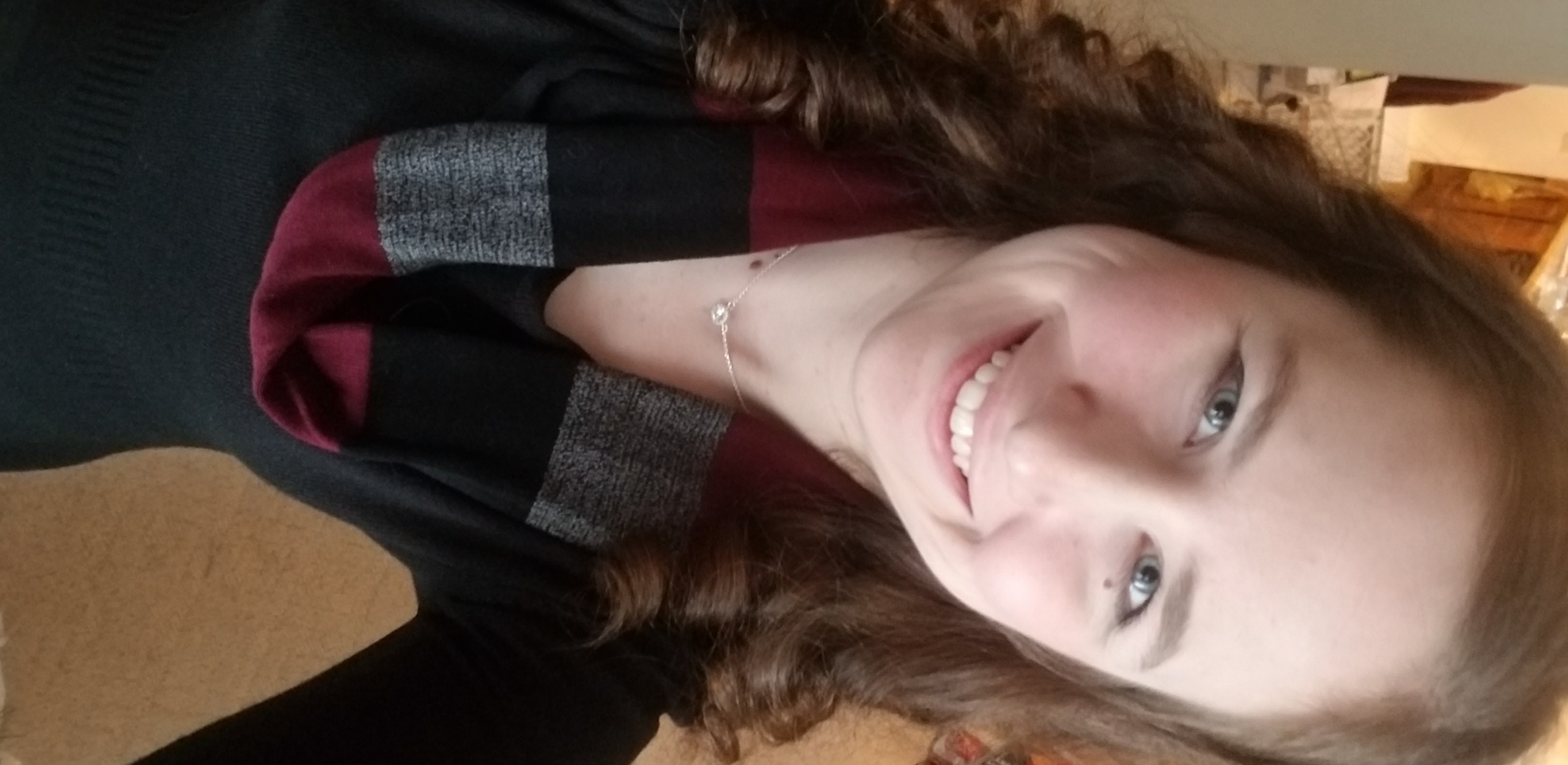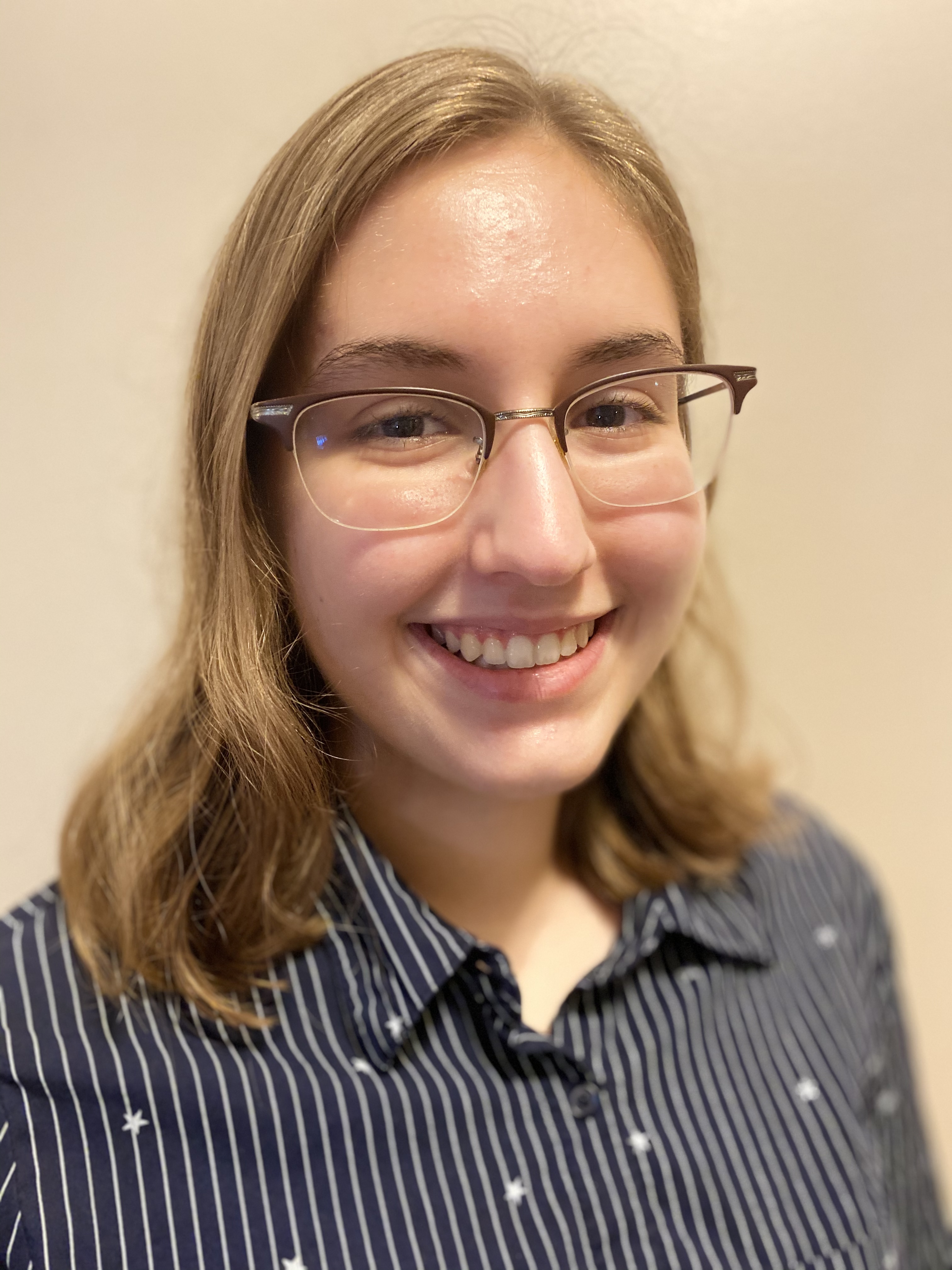Celebration of Scholars
WildNOut: Discovery, isolation, and annotation of a novel bacteriophage
 Name:
Mikayla Bell
Name:
Mikayla Bell
Major: Biology
Hometown: Franklin, WI
Faculty Sponsor: Deborah Tobiason
Other Sponsors:
Type of research: Course project
Funding: Howard Hughes Medical Institute

Major: Neuroscience/Chemistry
Hometown: Crystal Lake, IL
Faculty Sponsor: Deborah Tobiason
Other Sponsors:
Type of research: Course project
Funding: Howard Hughes Medical Institute

Major: Biology
Hometown: Bolingbrook, IL
Faculty Sponsor: Deborah Tobiason
Other Sponsors:
Type of research: Course project
Funding: Howard Hughes Medical Institute
 Name:
Madison Schafer
Name:
Madison Schafer
Major: Biology
Hometown: Stoughon, WI
Faculty Sponsor: Deborah Tobiason
Other Sponsors:
Type of research: Course project
Funding: Howard Hughes Medical Institute
Abstract
Bacteriophages are viruses that specifically infect bacteria. They have been widely studied for application in treating bacterial infections, and present a possible alternative to antibiotics, helping to alleviate the rising issue of antibiotic resistance. The bacteriophage, WildNOut, was isolated at Carthage College in Fall 2019 using the bacterial host Microbacterium foliorum. Isolation techniques involved direct isolation from a soil sample and purification by plaque assays utilizing serial dilutions. Large, haloed plaques with clear centers are produced by WildNOut on a lawn of host bacteria, indicating that it is a lytic phage. Electron microscopy revealed that WildNOut has a siphoviridae morphology, which is characterised by possession of a long, flexible non-contractile tail. Genomic DNA was extracted from the phage particles and sequenced. Based upon the genome sequence, WildNOut is a phage in the EA1 cluster with circularly permuted ends indicating that the genomic DNA is packaged into the phage capsid via headful packaging. To determine the function of the genes present in the WildNOut genome, annotation was completed using a variety of bioinformatic programs including DNAmaster, phamerator, and PECAAN. During the annotation process, comparisons are made to phages who have already been annotated in order to determine possible start sites and functions of each gene in WildNOut. In addition to our annotation, bioinformatics analyses are also being performed to compare our phage genome to other M. foliorum phages’ genomes in terms of phylogeny.
Submit date: April 3, 2020, 1:46 p.m.
